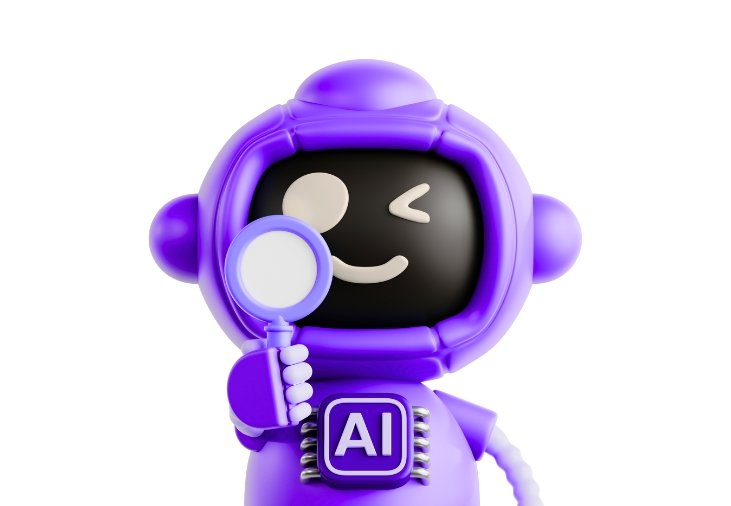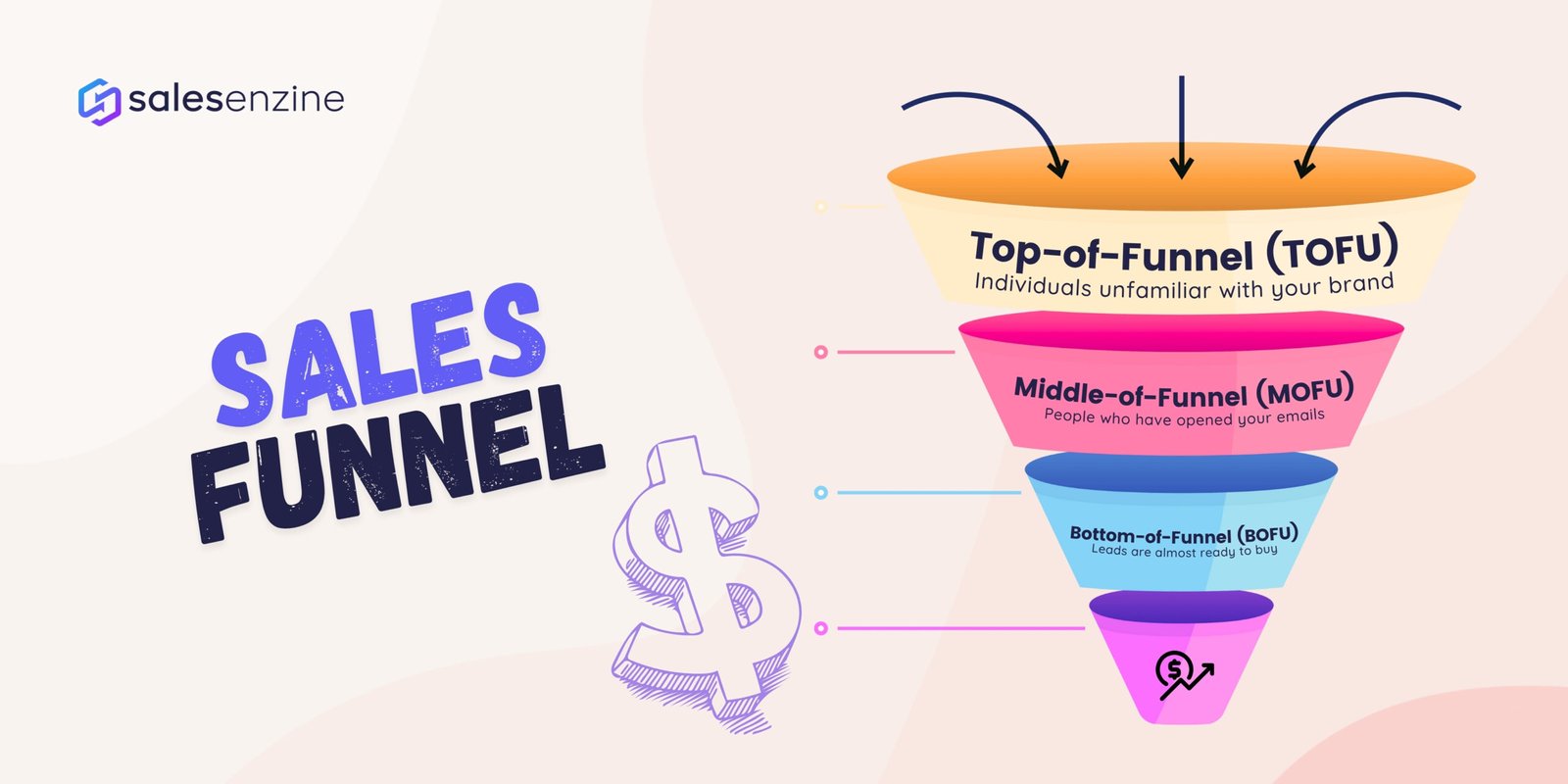🚀 Introduction: The OpenAI AI Browser Is Coming
The OpenAI AI browser, a revolutionary AI-powered web browser, is poised to transform how we access, consume, and interact with information online. As part of the much-anticipated OpenAI browser launch, this next-generation tool combines the raw power of GPT-based intelligence with seamless web capabilities — and it’s set to challenge everything we know about internet browsing.
Developed by OpenAI — the team behind ChatGPT and DALL·E — this browser is more than a search engine. It’s built to understand your intent, execute tasks, and interact naturally, making it less of a browser and more of a digital agent. Whether you’re researching, shopping, booking, or managing business tasks — the OpenAI AI browser is here to assist.
🧠 Why Traditional Browsing Is Outdated
For decades, browsers like Chrome, Firefox, and Safari followed the same routine: type, search, click, and repeat. The model has barely evolved, even as the internet itself has exploded with complexity.
That changes now. The AI-powered web browser model replaces static clicks with intelligent actions. With the OpenAI AI browser, you describe your goal — and it gets to work, fast. No tabs. No hunting. Just results.
🏗️ Behind the Scenes: Architecture of the OpenAI AI Browser
At its core, the OpenAI AI browser is built on Chromium, offering full web compatibility. But its true strength lies in its intelligent framework:
- GPT-4 & GPT-5 Models: Handle language understanding, summarization, and reasoning.
- Operator Agent: Completes bookings, forms, comparisons, and other workflows.
- Contextual Memory: Learns your habits and adapts over time.
- Vector Search: Matches meaning, not just keywords, for smarter retrieval.
- Real-Time Feedback Loop: Continuously improves through user corrections.
Unlike a plugin or add-on, these are native features — built to make the entire browsing experience smarter.
✈️ Case Study: A Travel Platform Powered by AI
A mid-sized travel agency was struggling with declining Google traffic. After adapting to support AI-native browsers like the OpenAI AI browser, they:
- Implemented schema.org markup for room listings and availability
- Built real-time APIs for pricing and booking
- Structured content with summaries and FAQs
Results:
- 📈 45% increase in bookings
- ⬇️ 70% drop in bounce rate
- 💬 Improved customer satisfaction
They proved one thing: optimizing for AI agents works.
🌍 Privacy and Security in the Age of AI
With great power comes great privacy risk. The OpenAI AI browser responds with:
- ✅ Granular permissions per task (form-fills, logins, purchases)
- ✅ Local encrypted storage for credentials and sensitive data
- ✅ User-controlled action logs
- ✅ GDPR, CCPA, and EU AI Act compliance
OpenAI also addresses the “agent drift” concern by making every action transparent and reversible.
📈 Who Will Be Disrupted First?
| Platform | Model | Disruption by AI Browsers |
|---|---|---|
| Search | Users bypass results entirely | |
| Amazon | Product Listings | AI finds and compares automatically |
| TripAdvisor | Reviews | AI summarizes and ranks |
| SEOs | Ranking strategies | Summaries replace page visits |
The OpenAI browser launch represents a fundamental shift from search to solution, from clicks to conversations.
🧩 Business & Developer Readiness Checklist
Want to stay visible to AI browsers like OpenAI’s? Here’s what to do:
✅ Technical SEO
- Use semantic HTML5
- Submit structured sitemaps
- Add schema markup
✅ Content Optimization
- Provide summaries at the top of pages
- Write FAQs using clear questions and answers
- Use conversational CTA phrases
✅ Backend Support
- Build APIs for price, availability, and form actions
- Simplify page structure for machine parsing
- Reduce JavaScript clutter
Need help? Explore our AI SEO strategy guide.
💼 Who Benefits Most from the OpenAI AI Browser?
- 🧑💼 Professionals: Reduce research time
- 🛍️ Shoppers: Let AI compare and buy
- 🎓 Students: Summarize and source academic content
- 📊 Marketers: Reach both users and their AI agents
Explore our content services for AI.
📚 How AI Browsers Redefine Web Design
The OpenAI AI browser doesn’t “see” pages like a human. It reads code, structure, and tags.
To stay visible:
- Design with intent-markers like “Book Now”, “Get a Quote”
- Provide clear, structured data
- Separate visual layers from semantic layers
Use tools like Canva to optimize layouts, or Surfer SEO to refine semantic strength.
📣 What Experts Are Saying
“This browser makes Google feel ancient.” — TechPod Weekly
“Affiliate marketing must evolve, fast.” — Growth Hacker News
“We build for agents now, not just users.” — SaaS CTO
❓ Frequently Asked Questions
What is the OpenAI AI browser?
An AI-powered web browser that uses ChatGPT and Operator to execute tasks and automate browsing.
When will it launch?
According to Reuters, it’s expected mid-to-late 2025.
Can it replace Chrome or Safari?
It won’t immediately, but its smart features may shift user behavior rapidly.
Is it safe?
Yes. It offers encryption, consent-based actions, and full transparency.
🧭 Final Thoughts: This Is Just the Beginning
The OpenAI AI browser is not a feature update — it’s the new foundation of how users interact with the web.
From navigation to negotiation, from clicks to commands, it redefines what a browser is. The businesses that evolve with this shift will thrive. The rest? Invisible to users and their agents.
Prepare now:
✅ Update your content
✅ Build for AI
✅ Stay ahead of the agent-powered future






